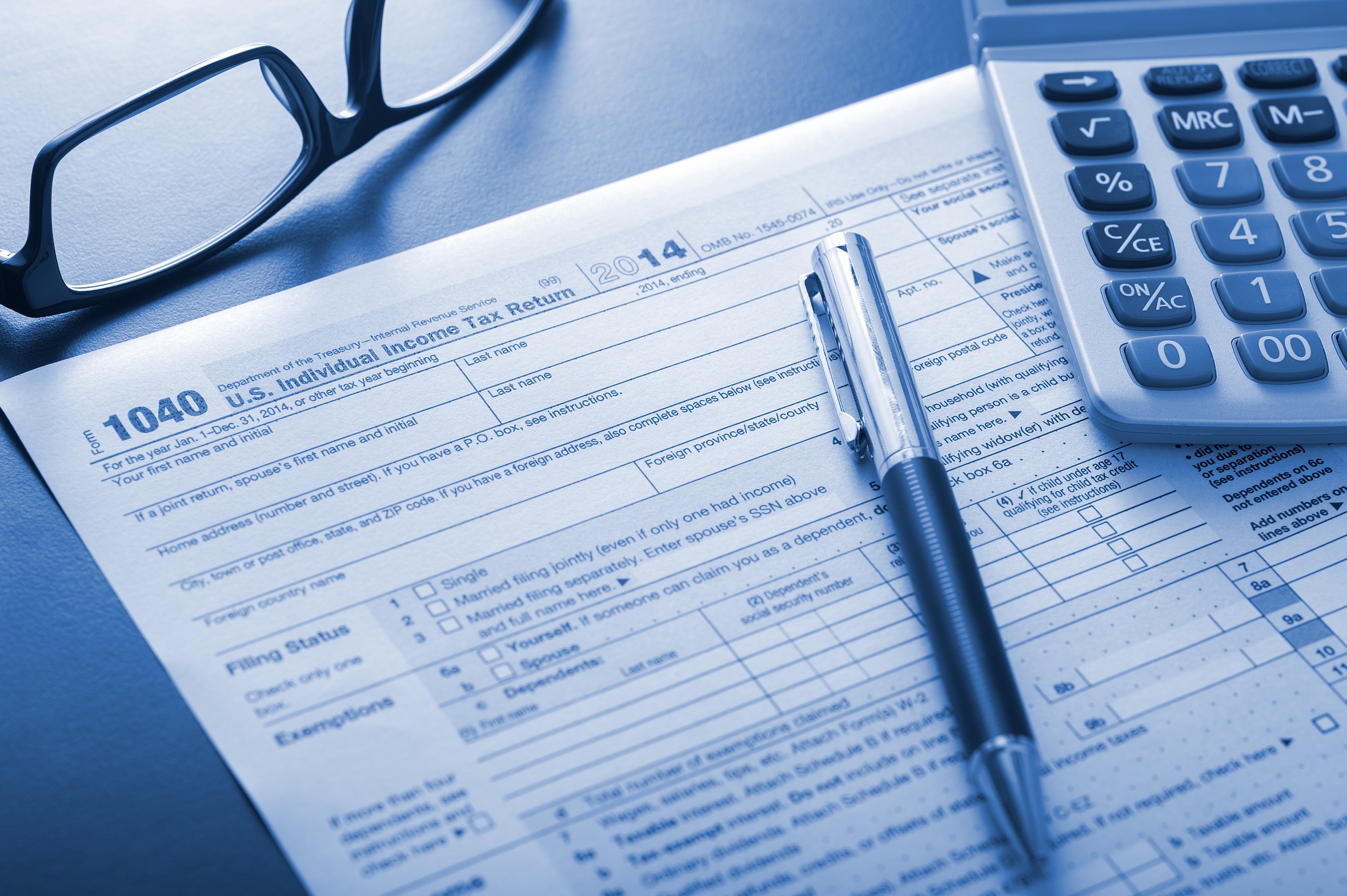 Did you withhold enough money from your regular paychecks in 2018? If you withheld too little — or, didn’t pay enough estimated taxes if you’re self-employed — you could have an unpleasant surprise when you file your 2018 return.
Did you withhold enough money from your regular paychecks in 2018? If you withheld too little — or, didn’t pay enough estimated taxes if you’re self-employed — you could have an unpleasant surprise when you file your 2018 return.
Tax Law Changes
The Tax Cuts and Jobs Act (TCJA) has made several significant changes to the tax rules for individuals for 2018 through 2025. As a result, many taxpayers who previously itemized deductions are expected to claim the standard deduction, starting in 2018.
Specifically, the TCJA:
- Almost doubles the standard deduction to $12,000 for single filers, $24,000 for joint filers, and $18,000 for heads of households.
- Limits the itemized deduction for state and local taxes combined to $10,000 per year. This applies to any combination of 1) state and local property tax, and 2) state and local income tax (or state and local general sales taxes if you chose to deduct them instead of state and local income taxes). Previously, these amounts were fully deductible by most taxpayers who itemized deductions.
- Potentially reduces the itemized deduction for mortgage interest. The interest deduction for new acquisition debt is limited to interest paid on the first $750,000 of debt, down from $1 million. (Pre-TCJA home acquisition debts of up to $1 million are grandfathered under prior law.) In addition, the deduction for interest paid on up to $100,000 of home equity debt is generally repealed (unless the home equity debt is used to buy, build or substantially improve the home secured by the debt, in which case it can be treated as acquisition debt subject to the $750,000 limit).
- Eliminates itemized deductions for most miscellaneous expenses, such as investment advisory fees and unreimbursed employee business expenses.
- Eliminates personal and dependent exemption deductions.
- Increases the child tax credit — which generally applies to dependent children under age 17 — to $2,000, and the income phase-out thresholds to $200,000 for singles and heads of households and $400,000 for married couples who file jointly. So, many more households will be eligible for the increased credit.
- Introduces a new $500 credit for other qualified dependents, including a qualifying 17- or 18-year-old, a full-time student under age 24, a disabled child of any age, and other qualifying (nonchild) relatives if all the requirements are met.
Withholding Basics
Employers are required to withhold taxes from the paychecks of employees. Likewise, self-employed individuals and retirees and others with investment income or retirement account withdrawals must make quarterly estimated payments.
If you fail to comply with the requirements, you could be liable for an estimated tax underpayment penalty, in addition to the tax liability.
The due dates for the quarterly estimated payments for a tax year are:
- April 15,
- June 15,
- September 15, and
- January 15 of the following year.
These dates are adjusted for weekends and holidays.
Safe Harbors
In general, you can avoid an estimated tax underpayment penalty using any one of these three safe harbor rules:
- You pay at least 90% of the current year’s tax liability. This requires you to make a calculated guess of your current tax situation.
- You pay at least 100% of the prior year’s tax liability. (Or you pay at least 110% of the prior year’s tax liability if your adjusted gross income for the prior year exceeded $150,000.) This safe harbor is usually the easiest one to use because you know the exact amount of your previous tax liability.
- You pay at least 90% of the current year’s “annualized income.” The annualization method often works well for certain individuals, such as independent contractors, who receive most of their income on a seasonal basis.
IRS Relief
On January 16, the IRS announced that it will waive the estimated tax penalty for any taxpayer who paid at least 85% of their total tax liability during the year through federal income tax withholding, quarterly estimated tax payments or a combination of the two. The usual percentage threshold is 90% to avoid a penalty.
“We realize there were many changes that affected people last year, and this penalty waiver will help taxpayers who inadvertently didn’t have enough tax withheld,” said IRS Commissioner Chuck Rettig. “We urge people to check their withholding again this year to make sure they are having the right amount of tax withheld for 2019.”
Contact Us
Contact your tax professional to discuss your specific situation and what you can due to remedy any shortfalls to minimize any penalties and interest. Your tax advisor can help you sort through the provisions of the TCJA that will affect your tax situation and address other withholding objectives in the coming years.
– ©2019 –
